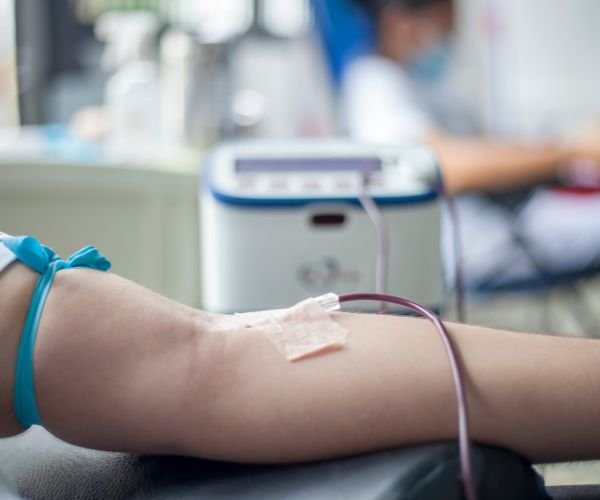MODULES
1. Basics of Blood Group Systems and Rh Factor
2. Principles of Blood Collection and Donor Screening
3. Blood Component Preparation and Storage Conditions
4. Crossmatching and Compatibility Testing Techniques
5. Indications for Transfusion: Whole Blood, RBCs, Platelets, Plasma
6. Transfusion Procedures: Pre-transfusion Checks and Bedside Administration
7. Monitoring During Transfusion and Recognition of Reactions
8. Management of Transfusion Reactions and Complications
9. Documentation and Legal/Ethical Issues in Transfusion
10. Hemovigilance Systems and Reporting Mechanisms
11. Infection Control, Quality Assurance, and Waste Handling in Transfusion Services
12. Case Reviews, Skills Competency Testing, and Final Practicum
Learning Outcomes
By the end of the course, learners will be able to:
1. Accurately identify blood groups and perform compatibility testing
2. Follow transfusion protocols and safety standards to prevent adverse events
3. Recognize, document, and manage transfusion reactions promptly
4. Maintain cold chain and sterility in handling blood components
5. Promote patient safety and reporting through hemovigilance systems




